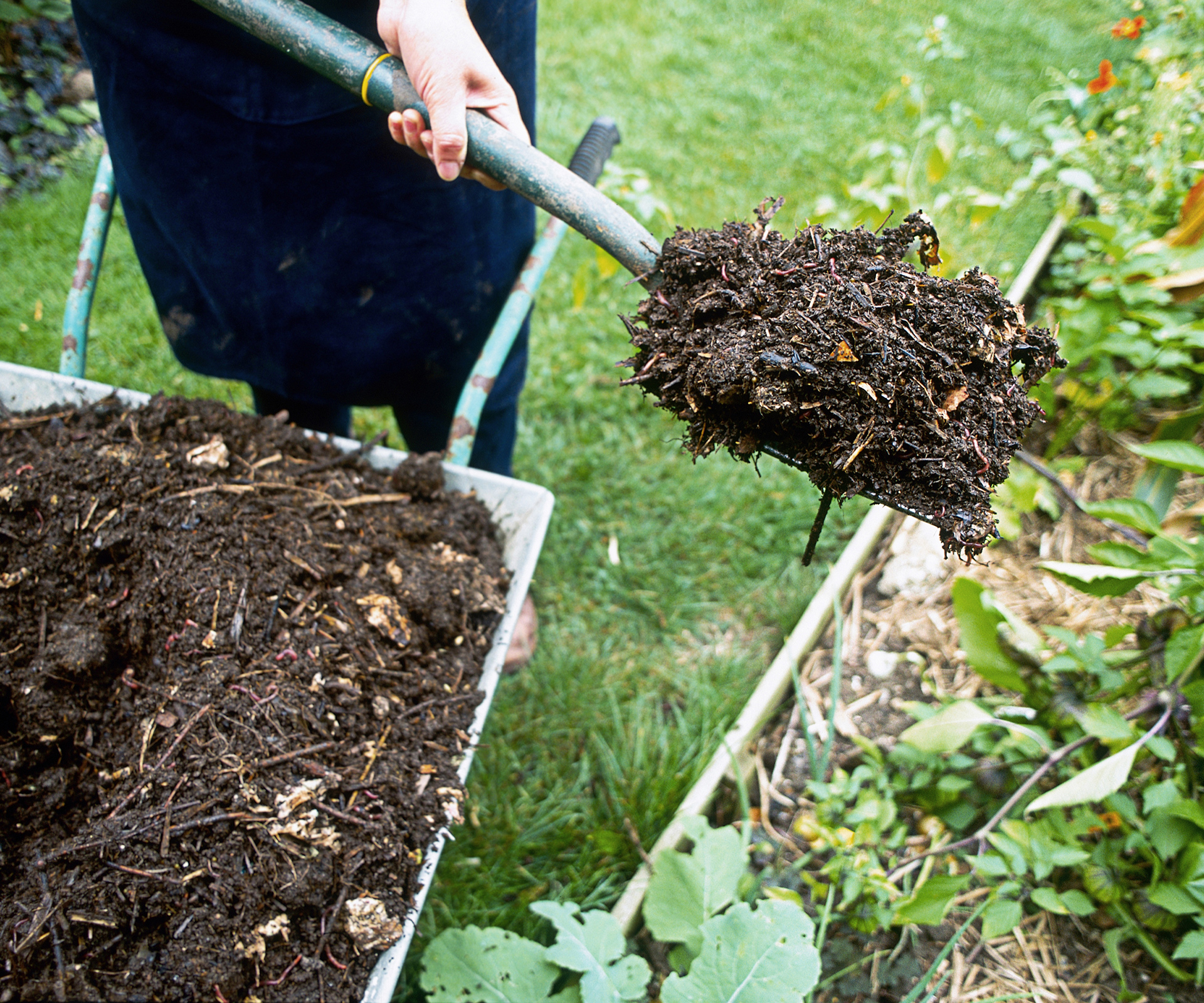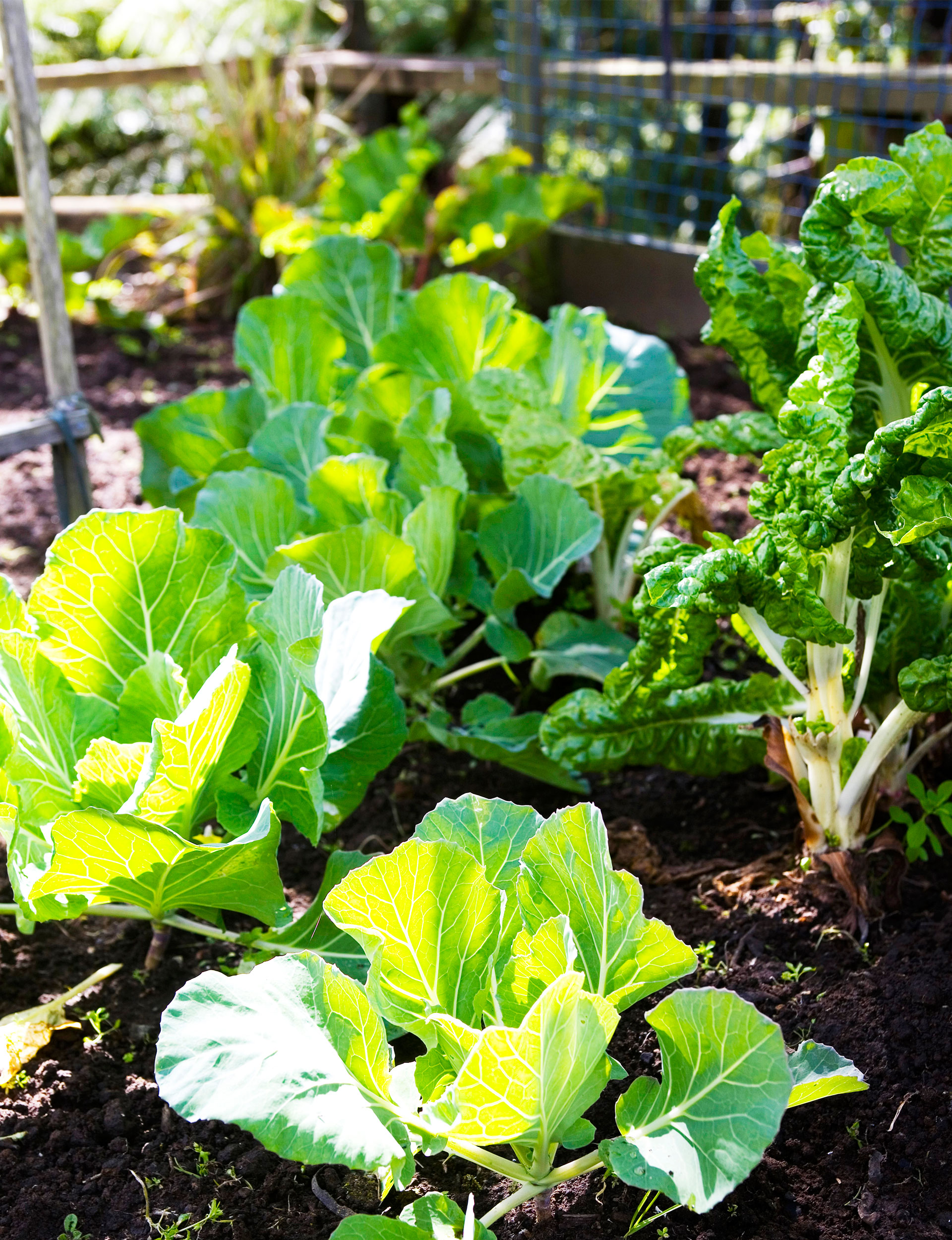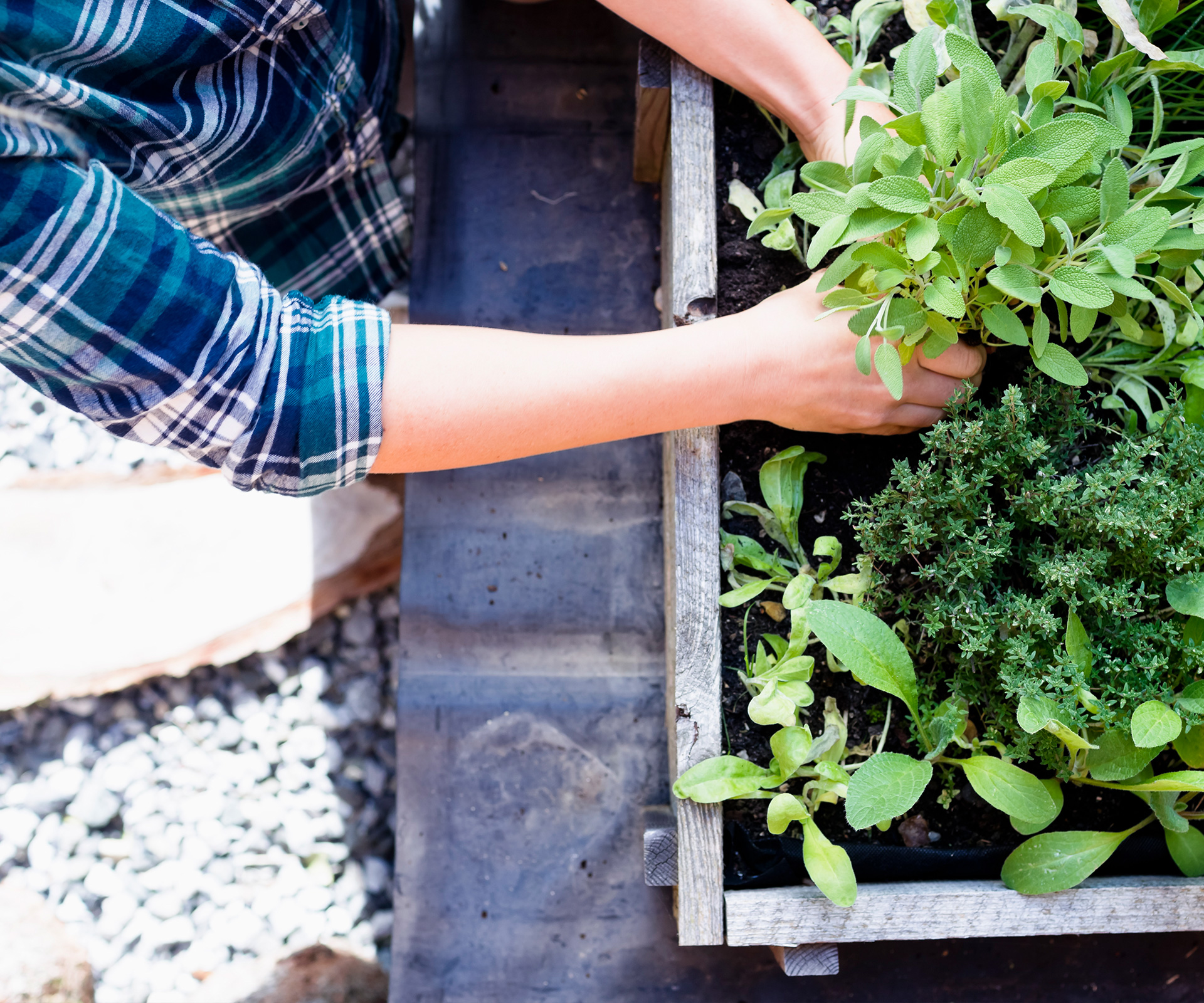This simple guide for what to sow, harvest and plant in the garden this September will have you well on track for a bountiful crop
Harvest
If you’re lucky enough to have an avocado tree in your garden you’ll most likely be picking its fruit by now. Remember you can leave them on the tree for several months after they mature and their taste will become creamier the longer you leave them. Hass avocados turn black as they ripen but other varieties stay green.
When harvesting lemons and other citrus take the time to do some careful pruning at the same time, removing crossing or diseased branches and keeping the tree to the desired size. Don’t prune in late spring or summer as this is when the borer moths are more likely to be on the wing. They love to lay their eggs on fresh pruning cuts, damaged areas or cracks in the bark. Borer not only attacks citrus, it will also damage or kill many other fruiting trees.

Sow
September is a good time to ramp up your seed sowing either directly into the garden or in seed trays. Check directions on seed packets carefully so you’ll have plenty of seedlings to start off your spring and summer crops as soon as the weather warms up a little more.
Broccoli seed can be sown from late winter to mid summer (depending on the region), ideally in trays or punnets. Keep in a sheltered, light area until seedlings have a few leaves, then plant out in the garden. Alternatively keep seedlings in pots (it’s called ‘growing on’) for a few more weeks until they’re good strong plants about 10-15cm high, that can cope better with the cold as well as slugs and snails. For continual cropping keep sowing a few seeds (or planting seedlings) every 3 weeks.
Sow beetroot seed in containers if soil is still wet and cold. Remember to keep thinning plants to get reasonable-sized roots.
Chervil is a great herb for the winter garden, fast-growing and tolerant of cold temperatures, with a light aniseed flavour. Seed can be sown into pots or the garden as long as it’s not a very hot position.
In cooler areas sow Brussels sprout seed in trays in greenhouses, cold frames or in small pots on the window sill for planting out in spring.

Plant
Yams are a staple food of the Andean peoples and an easily digestible carbohydrate containing calcium and iron. If you’re a fan, give them a go as they are easier to grow than potatoes. Give your yams a head start by sprouting tubers inside (as you would spuds). Place on a tray or egg carton in a dry place for a few weeks before planting outside in a sunny spot once frosts are over. Yams are happy in most soil types as long as it’s not boggy. Tubers normally take around 6-8 months to form.
Keep those vitamin C levels up by planting cabbage, kohlrabi, kale, purple sprouting broccoli and other brassica seedlings.
Onions like cooler temperatures when plants are young so now is a good time to plant seedlings. Growing onions from seedlings (as opposed to seed) shortens the rather lengthy cropping period from around 9 months to only 5, freeing up valuable space in the garden. Even early-maturing types need about 12 hours of daylight so it pays to wait a bit longer if you live in the south. Plant at spacings of 3-10cm, remembering that the wider the spacing the greater the bulb size.
Plant hyssop, an ancient herb also used as a cough remedy, as a deterrent to white butterfly attacking your brassicas.
Photography by: /bauersyndication.com.au.
EXPERT PROJECTS

Create the home of your dreams with Shop Your Home and Garden
SHOP NOW












